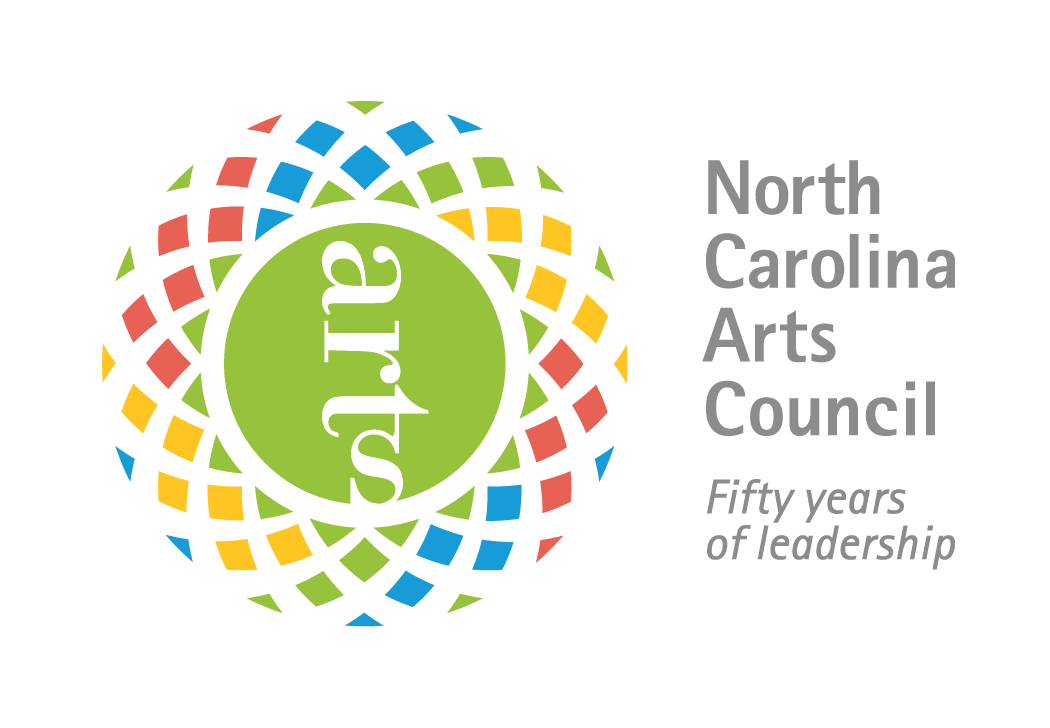News
Charlotte Symphony wraps two greats around a jazzy newcomer
Jan 7, 2017Every Charlotte Symphony Orchestra concert uptown involves a series of decisions. Do I want to spend the dough for a ticket or two? Will the pleasure I get from two hours of listening justify the extra hour or more in my car, some of it behind vehicles clogging a parking garage? Do I want to test my ears and patience with works I don't know?
Variables increase by one this week: Do I brave Snowmageddon? Only you know the level of your driving skills and tread depth of your tires. All things considered, I'd say...think about it.
The overture to Beethoven's "Fidelio," a curtain-raiser that caught fire in its second half Friday, is slim justification. Franz Schubert's Ninth Symphony provides a better reason.
Yet the best reason to stir after the storm Saturday could be "Evolution," the new percussion concerto by Winthrop University's Leonard Mark Lewis. Concertgoers who sloshed to Belk Theater Friday night heard and, importantly, saw the world premiere of a piece that glittered and percolated in the hands of Leonardo Soto, the CSO's timpanist.
Lewis isn't afraid to combine ideas that don't commonly complement each other. Strings lay down a warm melody, while the soloist plays propulsively on the marimba or dreamily on the xylophone. (That happens in the first of three movements, played without a defined break but with clear changes in mood.) Jazzy brass drive the beginning of the last section, and the soloist wails on a drum kit Lewis has roots in jazz, as well as classical music but those strings go on about more peaceful business.
Soto provides visual as well as audible enjoyment. He rises to the balls of his feet, hands blurring as four mallets skitter over the marimba. He finishes with a long cadenza on timpani (a very long cadenza indeed), swiveling his shoulders left and right as his hands hammer and hush the big drums. When the music swings, he swings.
Yet there's delicacy, too. During the brief, lovely Meditation, strings and harp play contemplatively. Soto picks up crotales (tiny tuned cymbals) and rubs them with a violin bow, producing a soft, keening sound. He does this while walking across the stage, creating a visual and physical bridge between the two extroverted movements, and he seems to send vibrations up like a quiet message to the cosmos.






